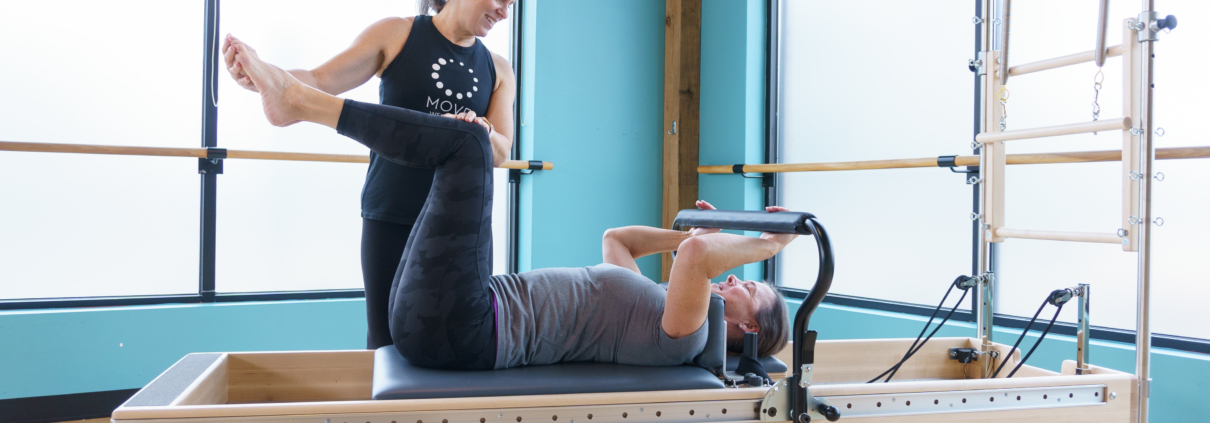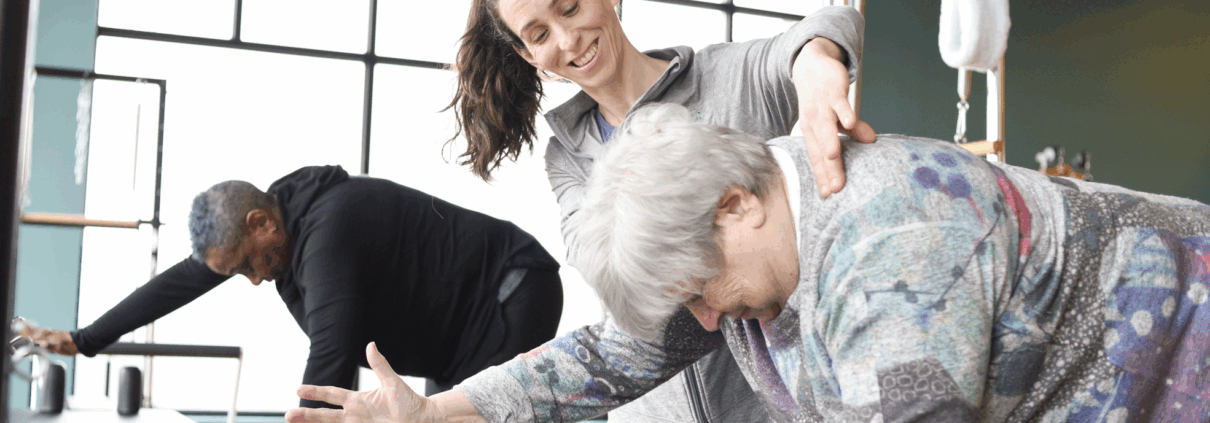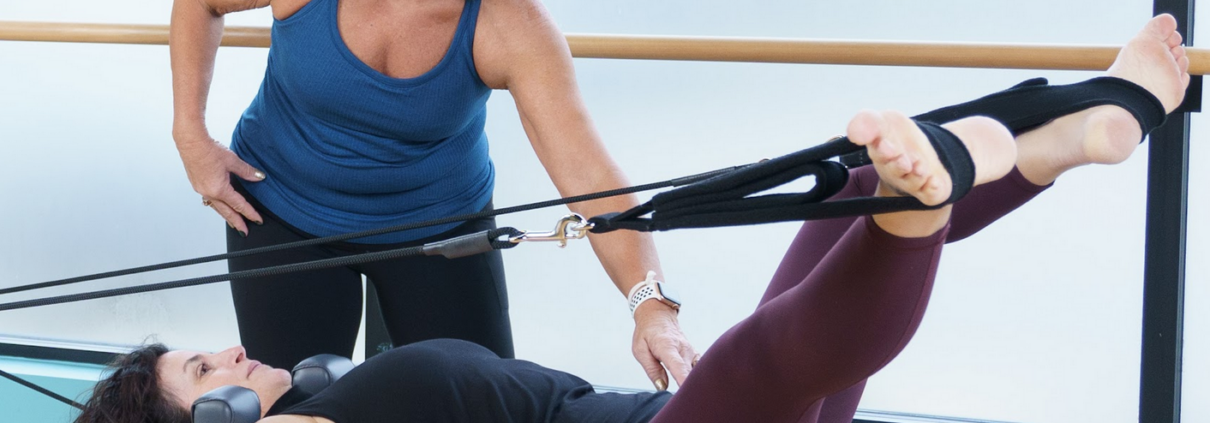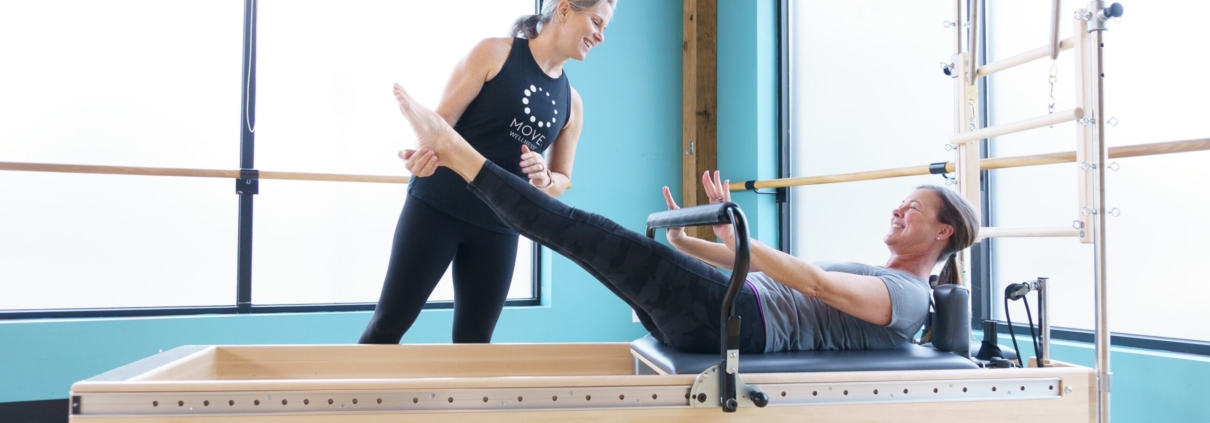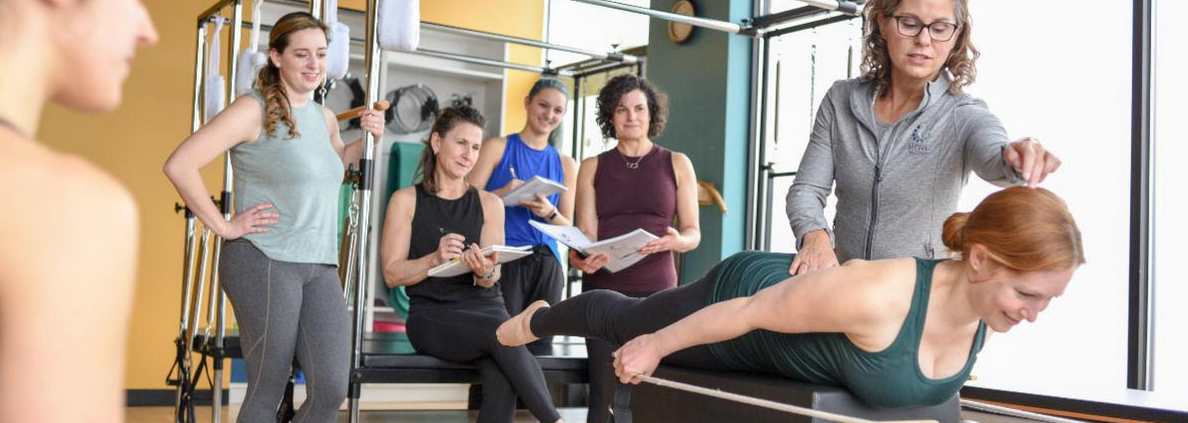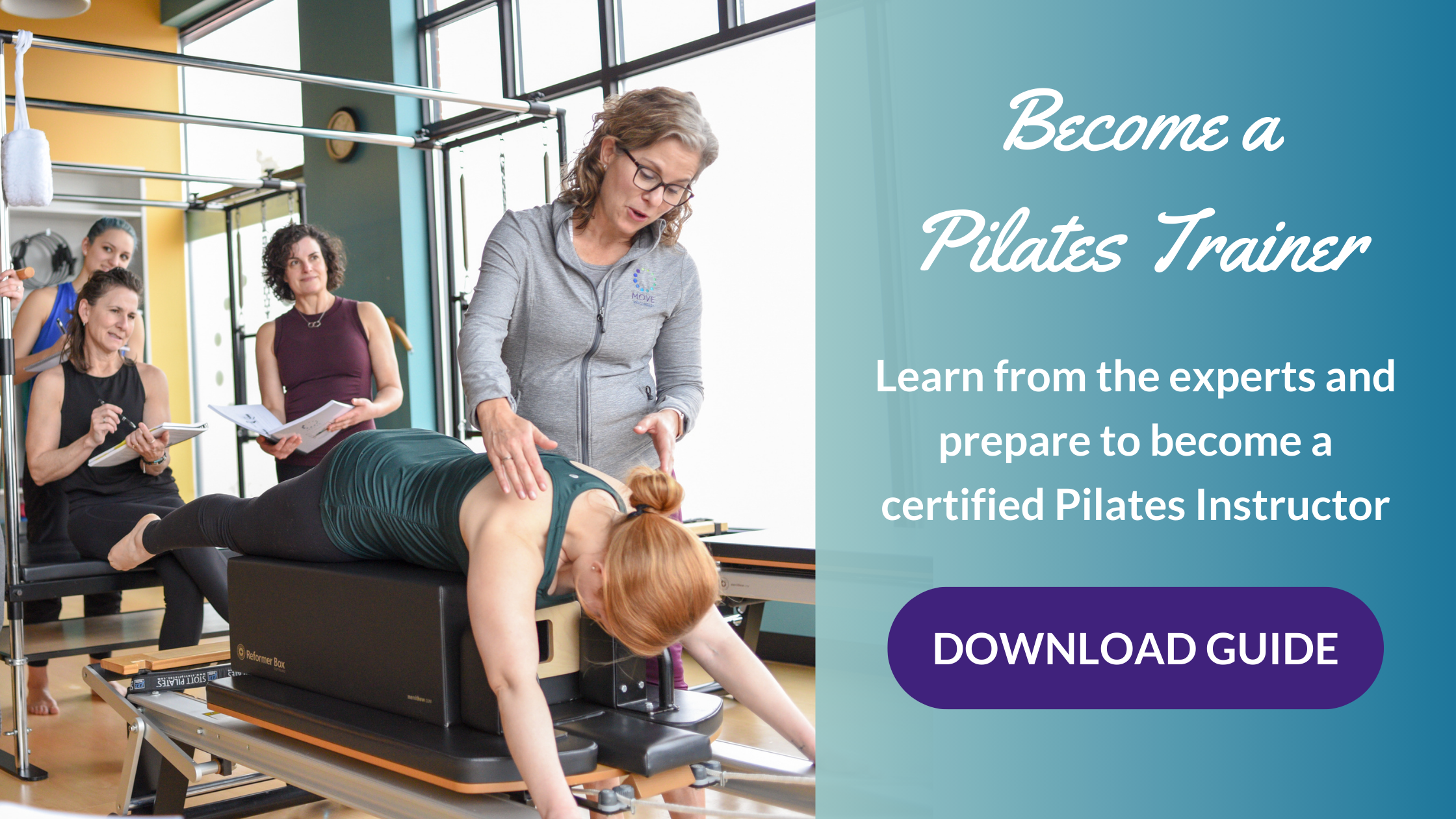Pilates for Sciatica: Gentle Relief Through Movement Sciatica is a common condition that can make everyday movement painful and frustrating. If you’ve experienced either a sharp, radiating pain from your lower back down your legs, or persistent tingling and numbness, chances are you’ve dealt with sciatica. The good news is that relief might be just […]
Pilates for Scoliosis in Ann Arbor: A Supportive Path to Stability and Relief Scoliosis, a curvature and/or rotation of the spine, can affect posture, balance, and comfort in daily life. For many, it brings persistent stiffness, uneven shoulders or hips, and general discomfort in the back or neck. While the presentation of scoliosis varies from […]
Pilates for Arthritis in Ann Arbor: A Supportive Approach to Movement and Relief Arthritis can affect every corner of your daily routine—from getting dressed in the morning to walking up stairs or carrying groceries. Stiffness, joint pain, and fatigue are common challenges, and they often lead people to avoid movement altogether. However, the right kind […]
Pilates for Menopause: The Ultimate Menopause Workout Class Navigating the menopause transition can be a challenging and unpredictable time for many women, involving a wide range of symptoms including hot flushes (also know as hot flashes), mood swings, weight gain, and a decrease in bone density. These changes can significantly impact one’s quality of life, […]
Pilates for Back Pain in Ann Arbor: A Gentle, Effective Approach Back pain is incredibly common—and incredibly disruptive. It can make it harder to sit comfortably, stand for long periods, or enjoy everyday activities. Whether it stems from long hours at a desk or old injuries, one thing is clear: back pain gets in the […]
How Pilates Can Support Your Ann Arbor Marathon Training The Ann Arbor Marathon is more than just a race—it’s a celebration of community, commitment, and pushing personal limits. Whether you’re running your first 5K or tackling the full marathon, it takes more than just pounding the pavement to reach the finish line. That’s where Pilates […]
Pilates is sometimes recommended as a rehabilitative exercise after physical therapy to help avoid re-injury. Physical therapy and Pilates can work together to help build a stronger, more balanced body.
What is Pilates?
Pilates is an exercise system developed by boxer and gymnast Joseph Pilates in the early 20th century. It uses resistance and your own body weight to stabilize your core and strengthen your body. Pilates exercises can be done on a mat or on specialized equipment.
Pilates focuses on key alignment principles and how the muscular, skeletal and nervous systems work together to reeducate movement patterns.
What is physical therapy?
Physical therapy is a form of health care that “aims to ease pain and help you function, move, and live better.” It can be used to relieve pain, improve mobility and balance, or as rehabilitation after illness or injury. While physical therapy often focuses on specific injury recovery, Pilates emphasizes functional movement patterns to enhance overall physical function.
(source)
Is Pilates the same as physical therapy?
No. Although Pilates and physical therapy can both help strengthen the body and improve your range of movement, the methodologies behind them and the techniques used are different.
How do Pilates and physical therapy work together?
Pilates is sometimes recommended as a rehabilitative exercise post-therapy to help further support functional movement and prevent re-injury. There are a number of ways that Pilates and physical therapy complement each other:
1. Improves coordination, flexibility, and balance
Pilates exercises help lengthen the muscle and improve flexibility, which allows you to achieve a greater range of motion. This helps reduce the risk of re-injury after physical therapy.
As ability, strength, and coordination increase, your instructor can add complexity and more challenging Pilates exercises to help you keep progressing safely.
2. Strengthens the pelvic floor
People who have received treatment for issues like urinary incontinence, frequent urination, or pelvic pain through pelvic health physical therapy will find that Pilates is useful in continuing to work and strengthen the deep abs and pelvic floor.
Pilates for the pelvic floor can release stress, relieve lower back pain, and help improve pelvic floor disorders, including urinary incontinence. Some Pilates studios even offer special prenatal Pilates classes that help strengthen the pelvic floor in preparation for childbirth and to help prevent common delivery issues.
3. Safely builds muscle strength
Pilates is an effective strength training workout for all ages and fitness levels. These types of weight-bearing exercises can be used to safely continue building strength post-therapy.
MOVE Wellness offers both Pilates and physical therapy services out of our studio in Ann Arbor, Michigan.
Finding a Pilates Physical Therapist
Finding a good physical therapist is the first step in your recovery journey. A licensed physical therapist can help you achieve your goals and a safe and effective treatment plan. When looking for a physical therapist, be sure to:
- Check Credentials: Look for a physical therapist who is licensed and certified by the American Board of Physical Therapy Specialties (ABPTS). This means they have the education, training and experience to provide high quality care.
- Ask for Referrals: Ask your doctor, friends or family members for recommendations. They may have had a good experience with a physical therapist before.
- Check Online Reviews: Look up physical therapists in your area and read online reviews. Look at the overall rating and comments from previous patients.
- Check Their Experience: Look for a physical therapist who has experience with patients who have the same condition as you. This means they have the knowledge and skills to provide effective treatment.
- Check Their Approach: Look for a physical therapist who uses a holistic approach to treatment. This means they will consider your overall health and well being, not just your injury or condition.
Creating a Personalized Treatment Plan
A personalized treatment plan is a customized approach to your recovery that takes into account your unique needs and goals.
- Initial Consultation: The first step in creating a personalized treatment plan is to schedule an initial consultation with a physical therapist. During this consultation the physical therapist will assess your condition, discuss your goals and create a treatment plan tailored to your needs.
- Assessment: The physical therapist will assess your condition by performing a physical examination, reviewing your medical history and discussing your symptoms. This will help them understand your condition and create a treatment plan tailored to your needs.
- Goal Setting: The physical therapist will work with you to set realistic goals for your recovery. This may be to improve your range of motion, reduce pain or increase your strength and flexibility.
- Treatment Plan: The physical therapist will create a treatment plan tailored to your needs and goals. This may include a combination of manual therapy, exercise and education.
- Progress Monitoring: The physical therapist will monitor your progress and adjust your treatment plan as needed. This will ensure you are making progress towards your goals and your treatment plan is working.
Pilates
Our Pilates trainers specialize in working with special populations, including those who are injured. We can even coordinate with other therapists and physicians on your treatment team to provide optimal support.
Let us know what issues you are working with and we will help you schedule with a trainer that can support you on your fitness journey. With our private Pilates training, you’ll get one-on-one attention and a workout plan customized to your goals.
Physical therapy
MOVE partners with two on-site physical therapists; Sara Thorne of Sara Thorne Physical Therapy and Melissa Trauger of Rhapsody of Motion. We are proud to be able to provide our clients with options for on-site physical therapy services with physical therapists who specialize, but are not limited to, working with clients to address pelvic health issues and orthopedic challenges.
Collaborating with area physicians and physical therapists like Melissa and Sara is important to providing our clients an excellent continuum of care. Working in partnership with physical therapists allows us to help to provide manual therapy, assess injuries, and collaborate on movement goals.
Interested in learning more about these or other services? Contact us today!
What Makes a Great Pilates Instructor Training Program? Pilates has gained significant traction in recent years, becoming a sought-after discipline for everyone from fitness enthusiasts to wellness professionals. With its focus on core strength, flexibility, and mindful movement, Pilates complements various fitness regimens, adding an impactful movement system into your professional fitness repertoire. As the […]
Learning the Franklin Method® at Move Wellness Ann Arbor We are happy to announce that we now offer Franklin Method® classes. To quote founder Eric Franklin, “The Franklin Method® does not teach a set of exercises, instead it teaches how our practice of everyday movements; Thinking, sitting, standing and walking, what we call functional movements, […]
Why did you decide to become Pilates Instructors?
A Pilates instructor can come from a wide-ranging ages, stages, and backgrounds. Pilates as a career can be attractive to many different people. In part, because the schedule and demands can be highly varied according to what is a fit for your own life. Some trainers teach many classes and private lessons at a single studio and keep consistent hours day to day. Other trainers have diverse hours to accommodate second jobs or the demands of parenting. There are successful trainers anywhere from under 20 to over 70 years old. There are men and women. There are trainers of all different body types and sizes. There are trainers with a background in dance, gymnastics, and sports, and those who never had a strong connection to a movement system before Pilates. There are trainers who were already physical therapists and fitness professionals, and some who came out of completely unrelated fields.
What they all have in common is that at some point they learned what Pilates could do for people’s bodies, got excited about it, and wanted to share it with others. In short, Pilates can be for anyone.
We asked our talented instructors here at MOVE Wellness why they decided to become Pilates instructors, if it was worth it to become a Pilates instructor, and what inspired them to pursue certification in Pilates as a career. We hope you might find your own inspiration in their experiences.
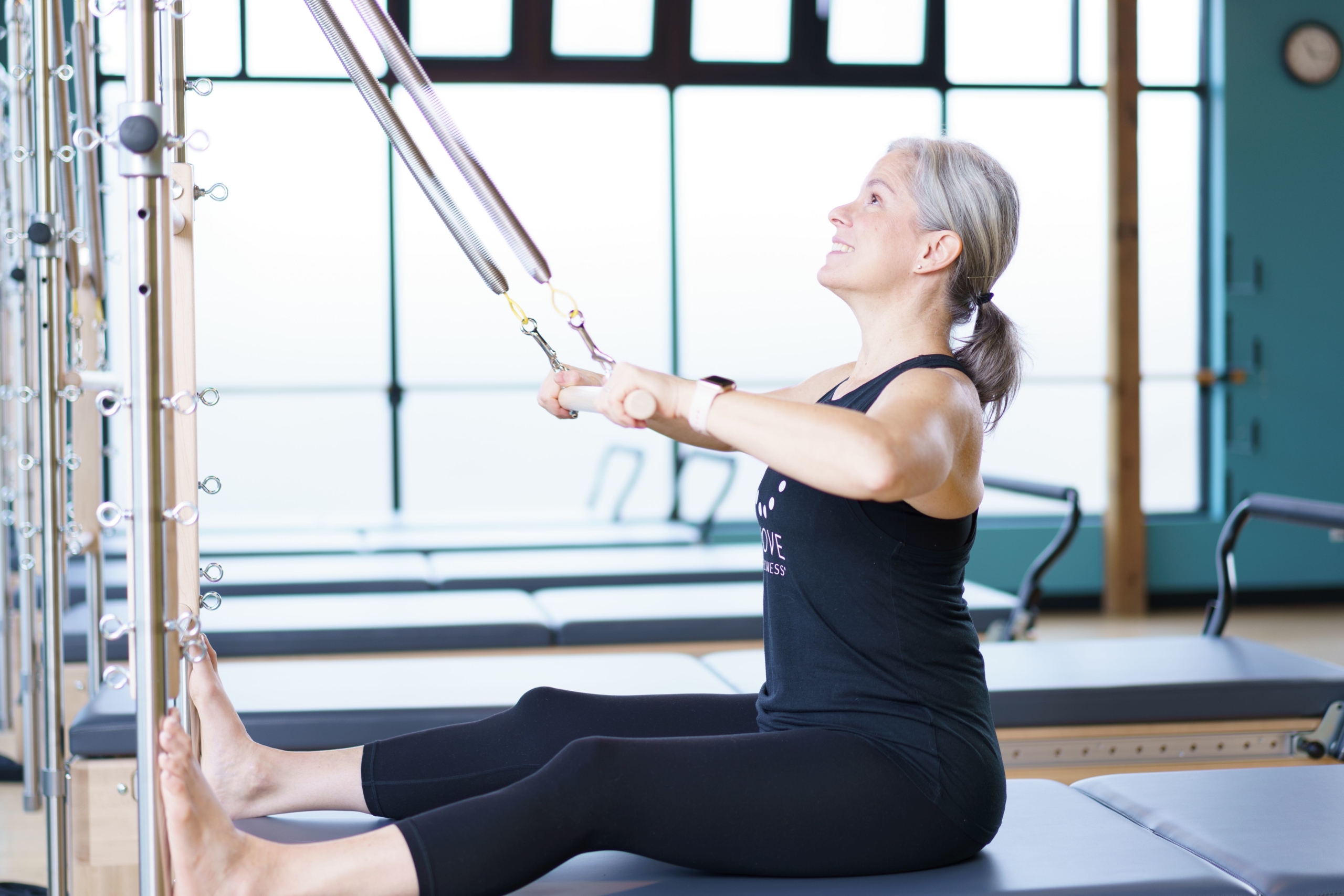
Elaine is the owner of MOVE in Ann Arbor. She is also an accomplished Pilates teacher and Instructor Trainer. When she first considered becoming a Pilates trainer 20 years ago she was looking for the next step after years of training as a dancer and dance teacher and discovered a local Pilates instructor training.
Elaine: “When I first started doing Pilates, I realized I was doing something really hard that was getting me fit, and it also gave me so much joy. It struck me that this was so different than what we often think about working out: that it’s something you “have” to do, as a duty or a chore. It made me want to help people understand their bodies the way I was learning to understand mine. I took the leap to becoming a trainer when someone I knew let me know that she was starting a Pilates teacher trainer program locally. Suddenly I had available, accessible training and I enthusiastically signed up.”
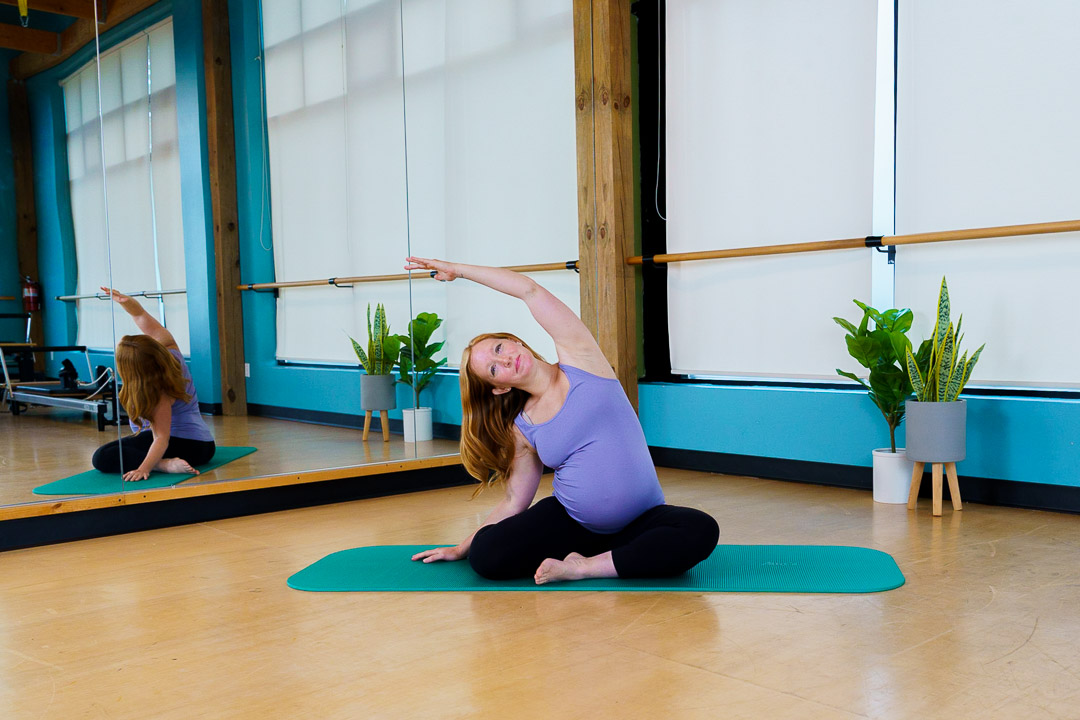
Davy – From Corporate Job to Pilates Instructor Training
Davy is a former Gymnast and Peace Corps volunteer. She started her Pilates training back before she had kids, when she was working 50+ hours a week at a corporate job.
Davy: “A friend of mine from work was going through the Pilates teacher training, so I first heard about it from her. I was not fulfilled in my corporate job. When I first started Pilates teacher training, I thought that I would be doing it as a supplement to my corporate job, something to help me feel more fulfilled. It was when I started having kids that I decided to make a change professionally. I felt I needed a job with more flexibility that would allow me more time with my family. When I was younger I was in the Peace Corps and it was there that I become passionate about Health Education. It’s always been my goal to get back to that, and teaching Pilates has allowed me to do that. I still believe that being a Pilates teacher is a great supplement to other professions.”
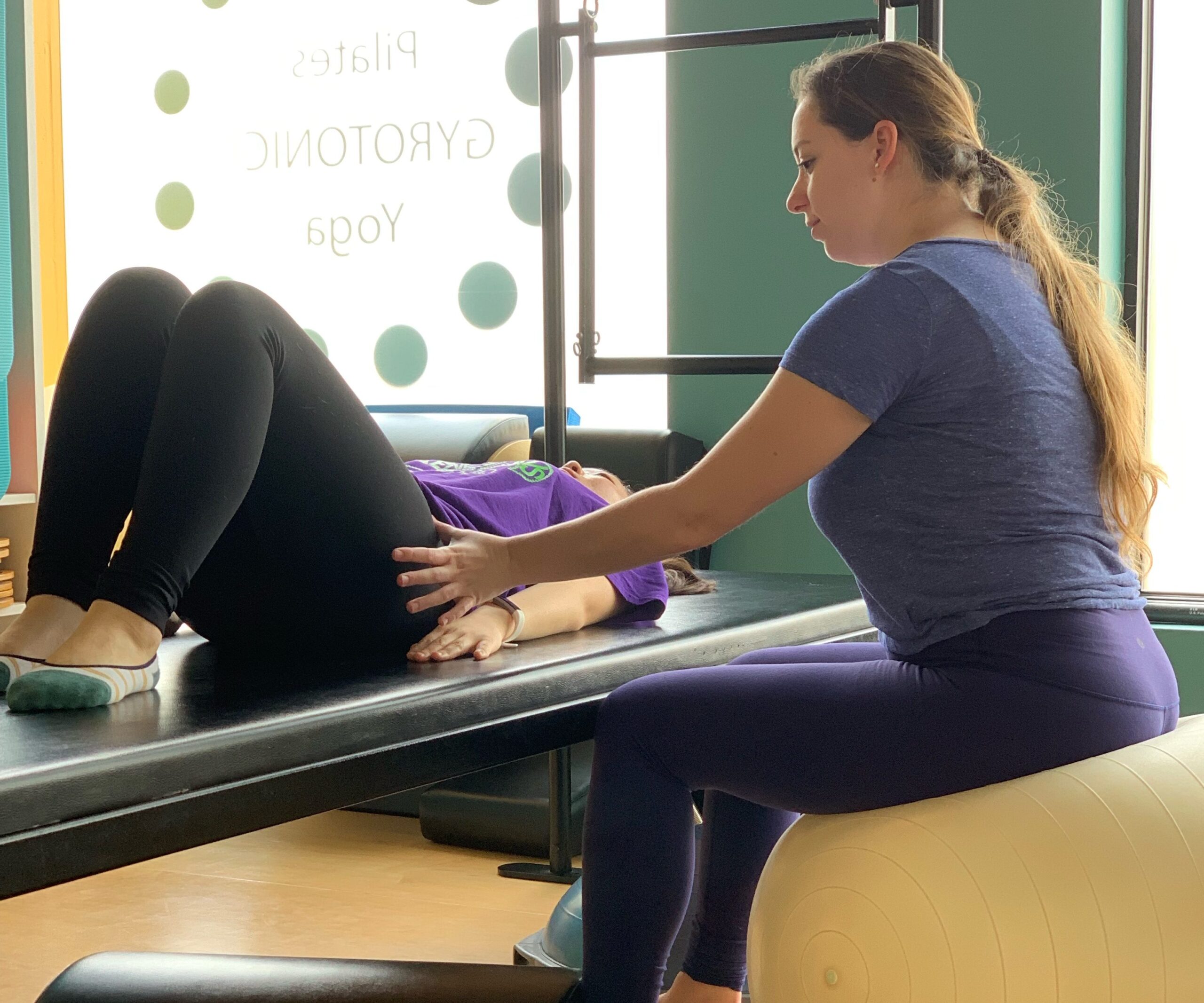
Angela – Using Movement as a Pilates Instructor
Angela found Pilates when she was in college studying dance. She loves science and movement and found Pilates to be a perfect blend of the two. She also loves helping people!
Angela: “I knew I was going to move to NYC after college and wanted a job that supported my dancing more than just monetarily. I also was referred to my first pilates job in college and just found that it was something I loved to do and the community I worked with was great. I have made lifelong friends through teaching movement and networking all around the world. I know no matter which city I visit when I travel, I will be able to find someone I know or have a lot in common with who is a movement instructor.”
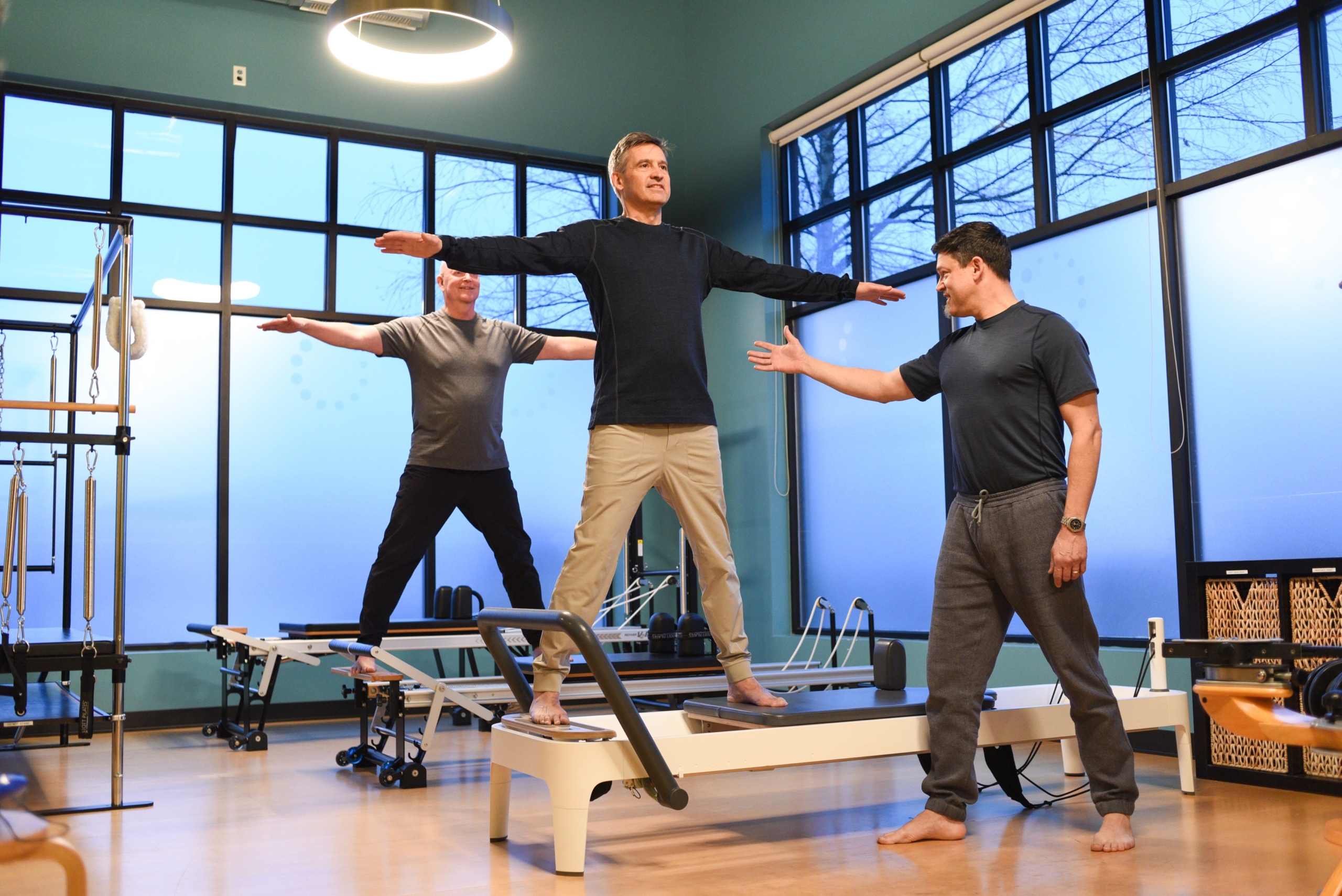
Kenny – Pilates as a Second Career
Kenny is a father and also works full time as a lawyer. He has had a long time passion for Yoga, and started training as a Pilates teacher after talking to his friend Elaine, a Pilates instructor trainer.
Kenny: “A conversation with Elaine inspired me to delve in further to what had previously just been curiosity. I started reading more about Pilates, and soon realized that it’s more than just exercise. I joined the teacher training program because I wanted a new challenge. Even though my first movement passion is Iyengar Yoga, Pilates training seemed like it would be a more time efficient way to become a movement teacher. It also seemed to me that Pilates would be appealing to more potential students. And then there was a course available that I could feasibly fit into my busy schedule. I had originally thought that I would just do the mat course to start. I then realized that although the timing is never perfect, it made sense for me to go ahead and do the comprehensive course all the way through.”
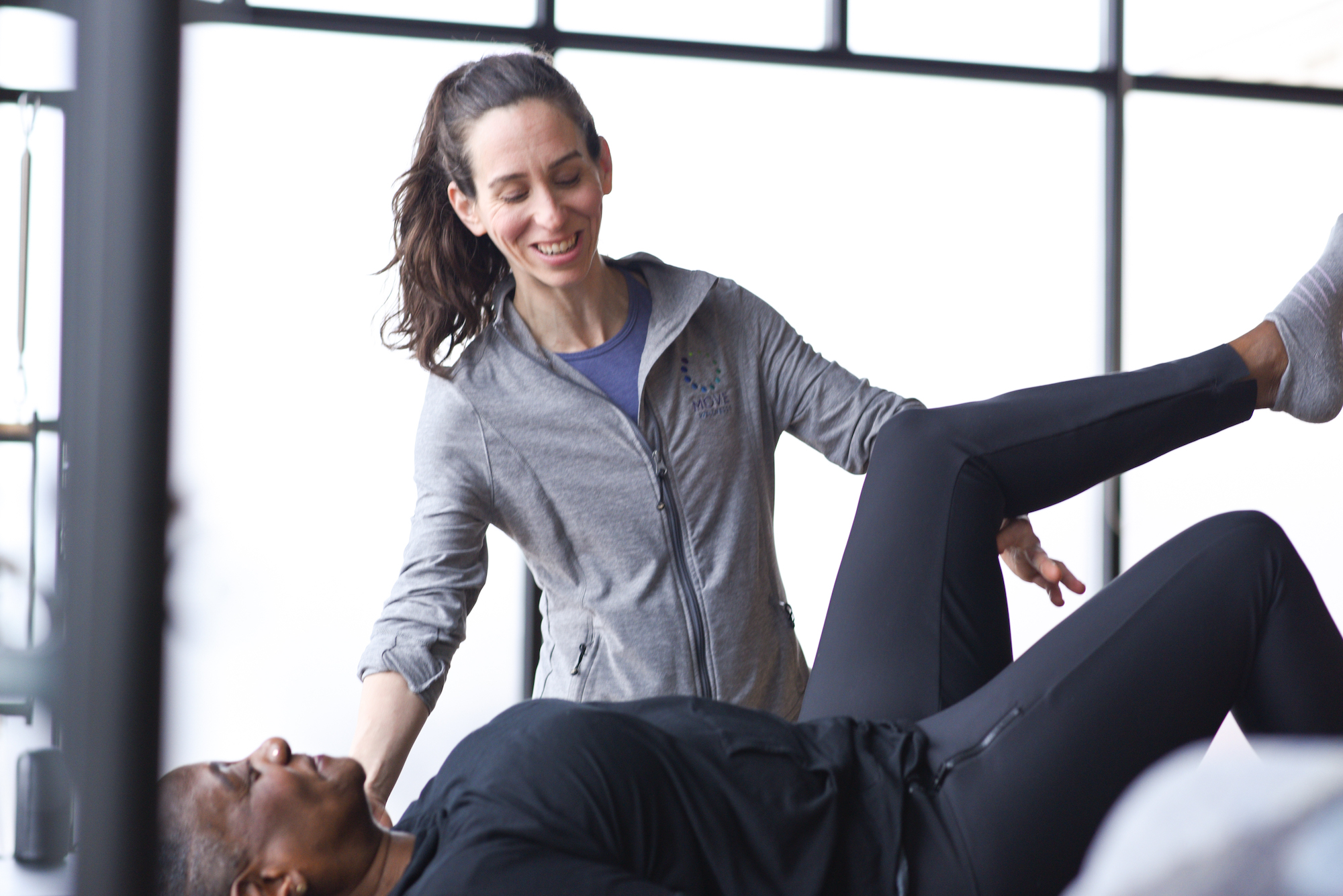
Lauren – From Desk Job to Pilates
Lauren is a lifelong ballet dancer/student who had just finished graduate school and had a new baby when the idea of becoming a Pilates teacher first crossed her mind.
Lauren: “I had just finished my graduate degree: a Master of Science in Geology. As I applied for jobs in Earth Science I feared that with a baby and a full time desk job I would no longer have time for my other great passion in life: dance and movement. Oddly, I was first inspired by the personal trainers on the show The Biggest Loser (which is kind of funny because I really don’t like that show at all for so many reasons, and don’t at all condone or support the methods they used.) I was, however, jealous of the trainers’ jobs. What appealed to me was that their job seemed to involve a combination of passion for movement and connecting with people one on one to support their growth. The body shaming and the yelling I could do without.
I didn’t take my own thoughts too seriously at first; it seemed impossible that I would change careers before I’d even begun the one I’d just trained for. But ultimately, while I loved my new baby with all my heart, the prospect of sitting at a desk all day with no time to dance after was utterly depressing to me. I began at first just playing with the idea by googling Pilates training programs. I was surprised to find a training program available just blocks away from my house. I’ve been happily teaching and training ever since.”
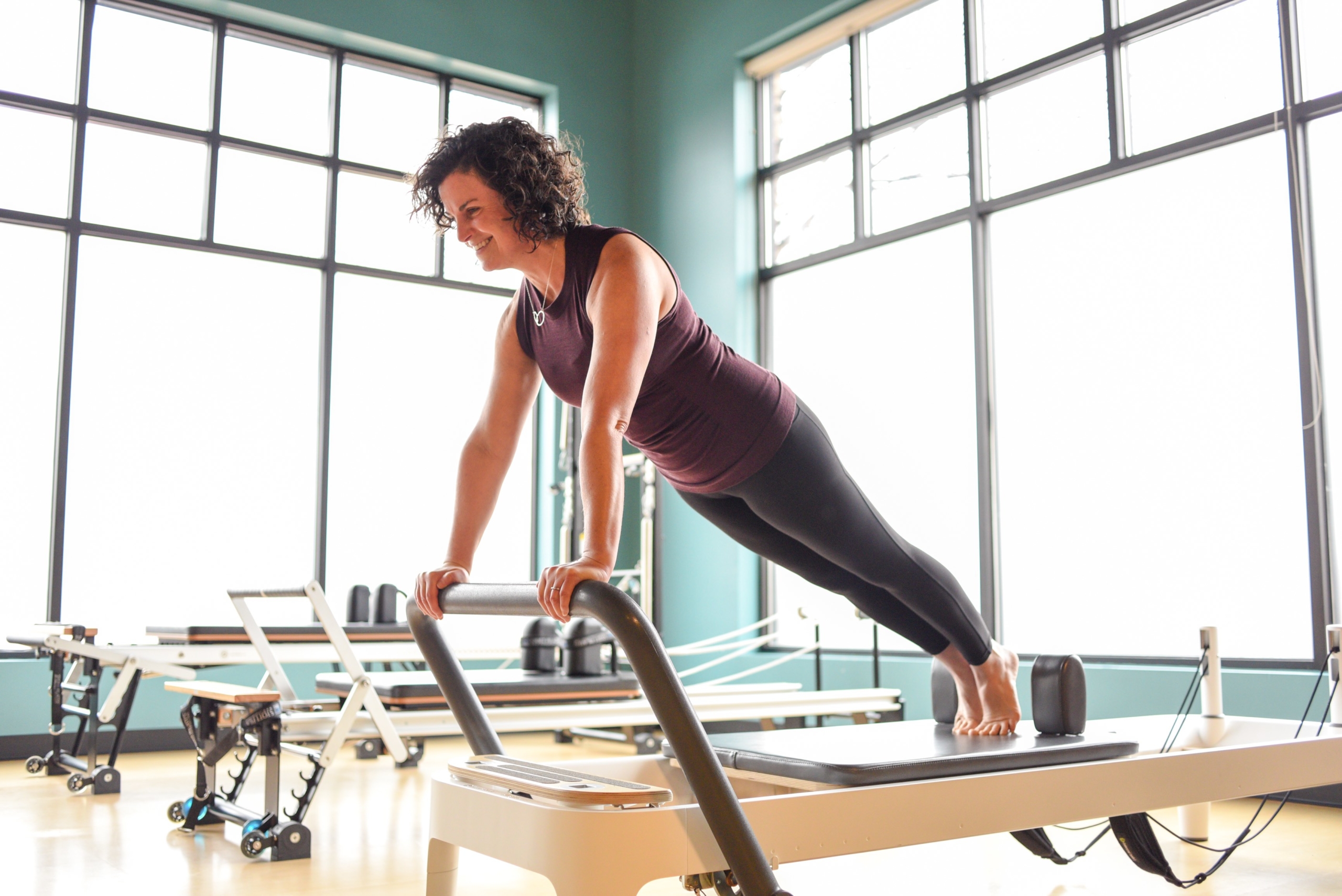
Sarah – Is it Worth it to Become a Pilates Instructor?
Sarah’s first career was a former software developer and then a stay-at-home mom and then she found Pilates. The first time she got on the Reformer, she knew something magical was happening in her body. Within months of that moment, she became part of MOVE’s first Pilates Instructor Training Program class.
Sarah: “About 3-4 classes into trying Pilates, I had a lightbulb moment. I realized that I love this and I want to do this the rest of my life. I knew I didn’t want to go back to a desk job. I did my instructor training about 6 months after that. I’m continually amazed every day by the human bodies in front of me and how I can help them and how they can help themselves. It’s been a gift. I can’t imagine doing anything else now.”
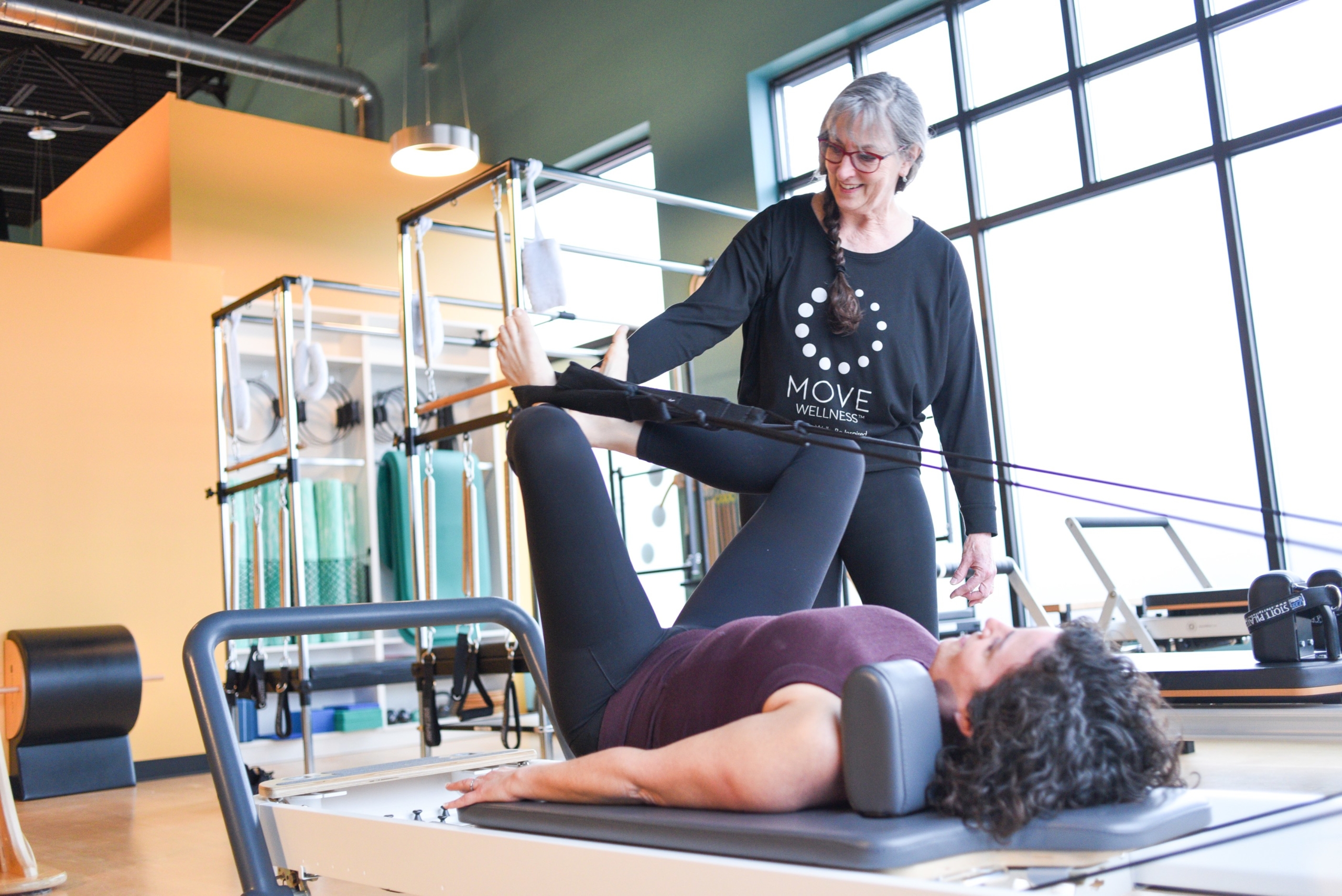
Mary – Can Anyone Become a Pilates Instructor?
Mary is a retired VA worker. She worked in patient safety, and had a desk job for 40 years before embarking on Pilates teacher training.
Mary: “I started taking Pilates 15 years ago from my neighbor who had just opened a studio. I was recovering from breast cancer at the time and was happy to find exercise that felt safe and effective. More recently I ended up deciding to do the teacher training program. At first I didn’t think I could do it, it didn’t occur to me that I was the type of person who could be a Pilates instructor. But I was looking for something challenging that I loved to do with my retirement. A conversation with Elaine (from MOVE ) made me feel like I could do it.”
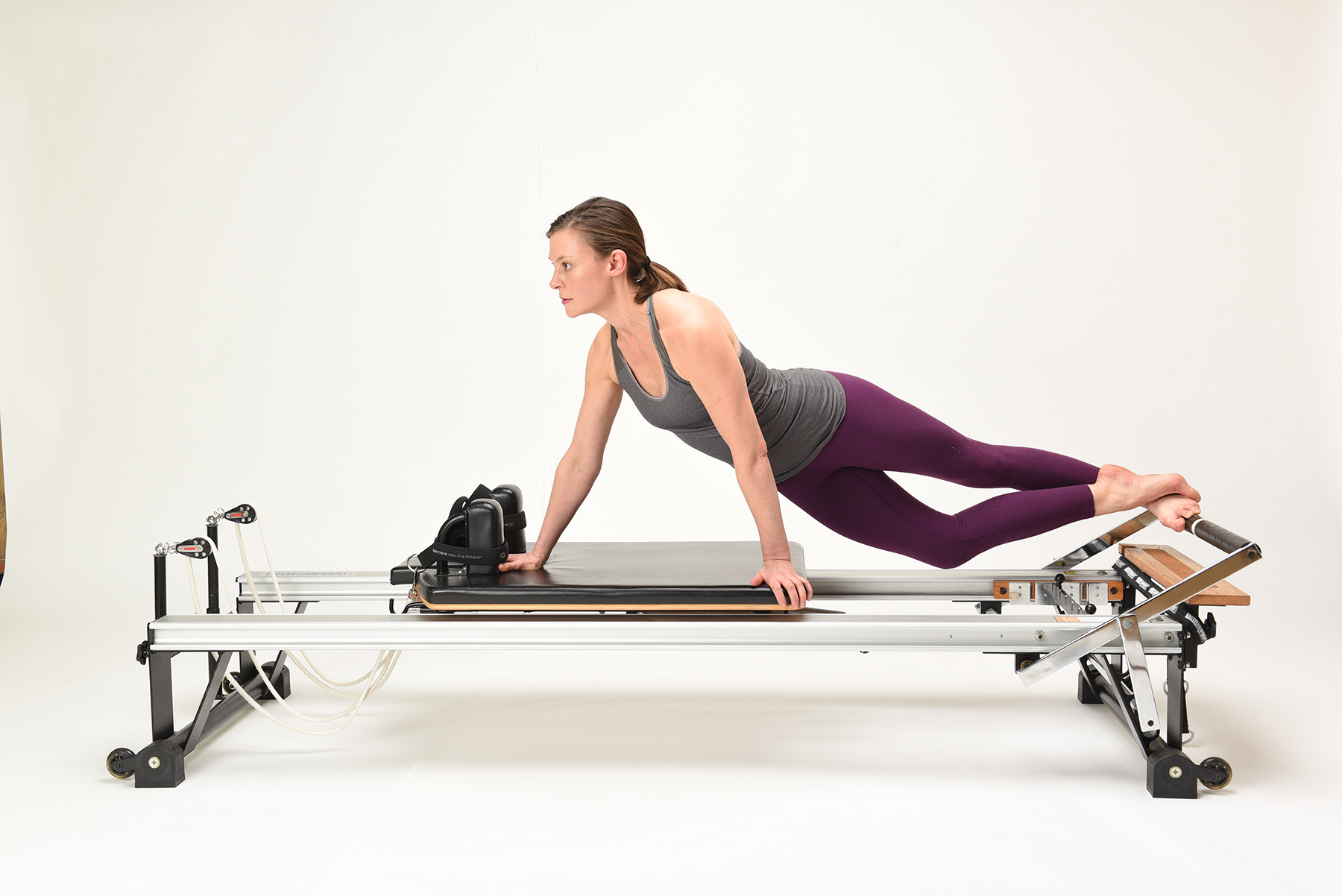
Jane – Ballet & Pilates
Jane is a mother of two, a ballet dancer, and former ballet teacher. She was teaching ballet and waiting tables for a living when when she first considered becoming a Pilates instructor.
Jane: “I was teaching ballet and wanted to diversify what I was able to offer students. At first I was just thinking about teaching Pilates to ballet students. As a ballet teacher and a waitress I usually had to work late. After I had kids, I realized I needed earlier nights. That’s when I started to consider teaching a more diverse population of Pilates students. I had just finished my teacher training when I ran into a friend who let me know that they were hiring instructors at MOVE. Soon I was working there several hours a week. Eventually I felt comfortable giving up my waitressing job. Now I just teach Pilates and don’t teach ballet anymore, which makes sense for me and my life right now.”

Tony – From Couch to 5K to Pilates
Tony was approaching his 40th birthday and training as a runner to improve his health when he decided he needed to kick it up a notch. After researching various fitness options, he found MOVE Wellness and decided to give Pilates a try.
Tony: “I began my fitness journey back in 2014. Fitness was something I had always struggled with and I wanted to take control. I started with running, and then some biking. By the end of 2014 I ran my first two 5Ks. In the beginning of 2015, I decided I wanted to add something new to my workout routine. After a few months of research I found MOVE Wellness Studios and Pilates. My first private session was such an eye opener and in August of 2015, I decided to become an instructor. I like to create workouts that are not only challenging but fun as well. Because who doesn’t like to have fun, right? I believe doing something that you enjoy gives you the best opportunity to succeed. I am so happy and proud to be part of the amazing team at MOVE Wellness Studios. I am looking forward to being able to help others reach their fitness goals and live healthier lives.”
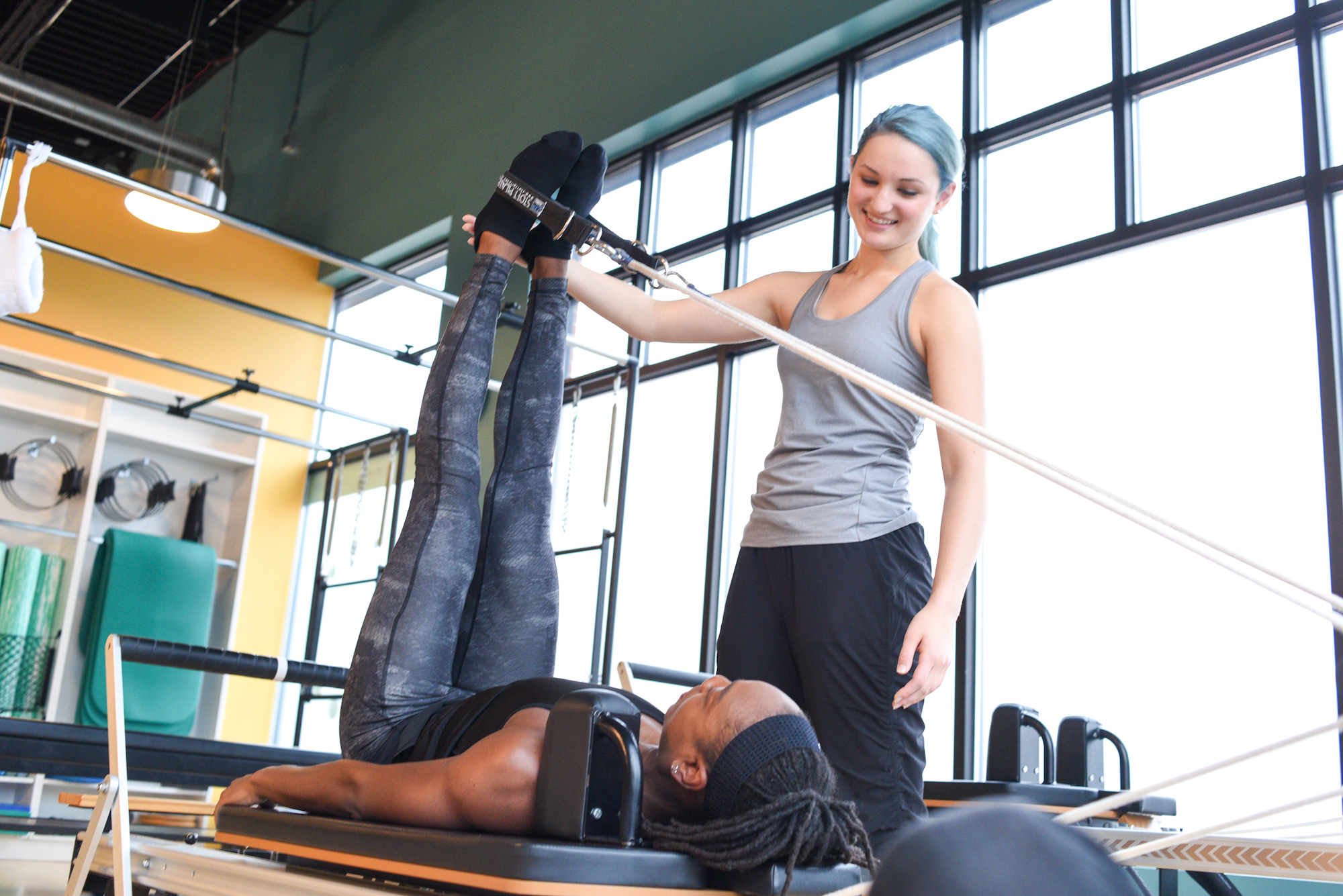
Natalie – Starting Pilates Early
Natalie discovered the power of Pilates early in life. She began training in high school to support her love of dance and along the way learned how Pilates can help with strength, power, and injury prevention.
Natalie: “I was initially interested in becoming a trainer because of the powerful information Pilates gave me about my own body in my dancing. I noticed that I was able to have more control and nuance in my dancing and I wanted to share that with younger dancers. I knew I wanted to take the training to become a Pilates instructor, so as soon as I was 18, I signed up. I have definitely loved being a Pilates trainer, but I still want to go to physical therapy school. I know that I will be able to take everything I have learned and continue to use Pilates in my career as a physical therapist.”
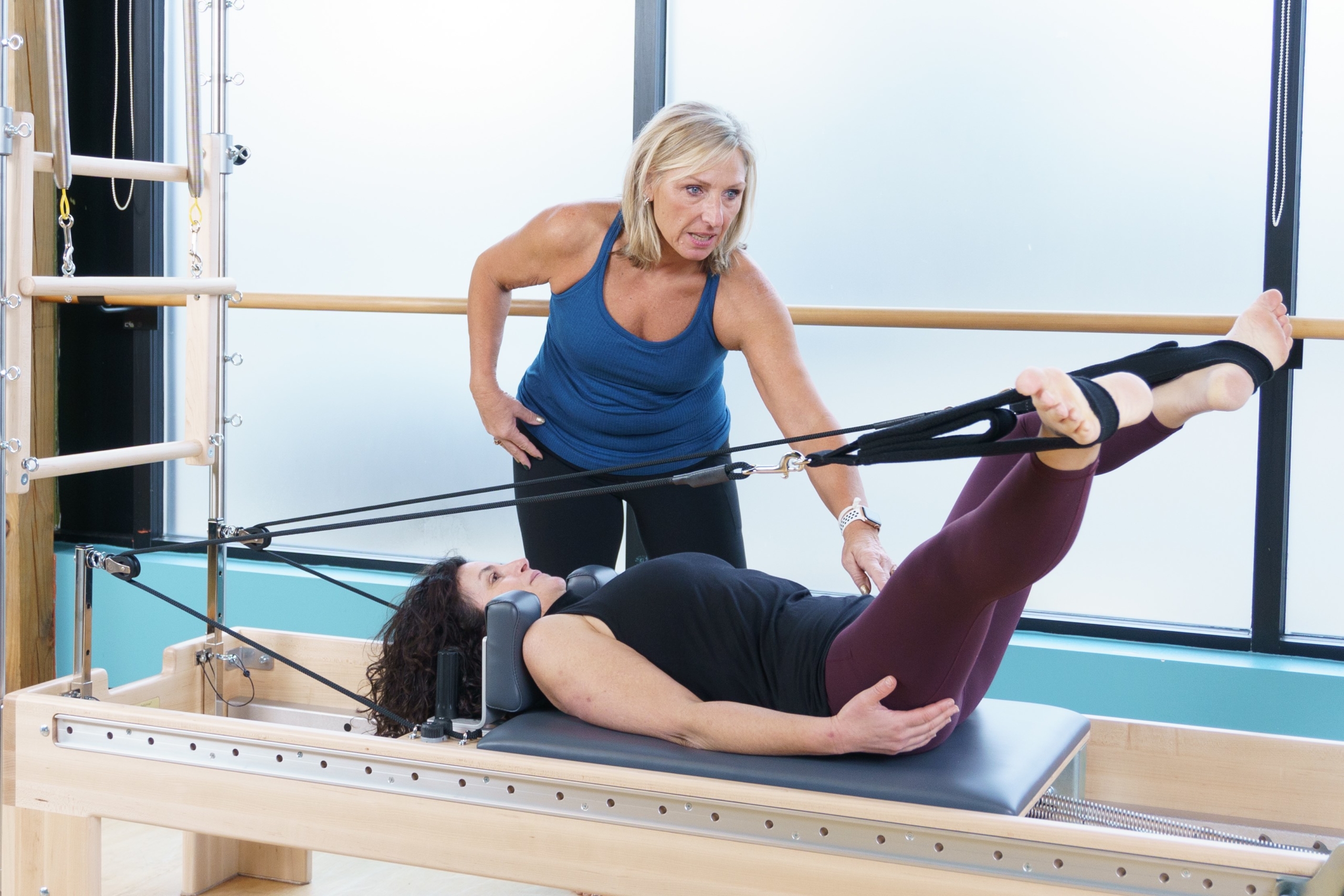
Kathy – Pilates Instructing after Retirement
Kathy is a long time fitness enthusiast and competitive synchronized swimmer. She signed up for Pilates teacher training to prepare for a second act career upon retirement from her human resources job.
Kathy: “I believe in Pilates and the effect it can have on one’s overall health. I felt Pilates teacher training would allow me to get back to teaching as well as have a new career after I retire. Pilates is for everybody and every body…. you don’t need to be a certain type of person or have a certain type of body. Anyone can do it, and everyone can achieve a sense of success and accomplishment. It feels good on the body. Pilates allows you to discover just what your body can do and how it moves. I look forward to being able to be a catalyst to my clients in trying new activities, in seeing them explore how and why their bodies move, feeling good about themselves.”
Think a career as a pilates instructor might be for you?
Learn how to become a pilates instructor in our Frequently Asked Questions blog post. Then, check out this video with our top three tips if you’re considering a career in Pilates.
Interested in learning more?
Schedule a free 1:1 consultation with the Program Director, Elaine Economou.
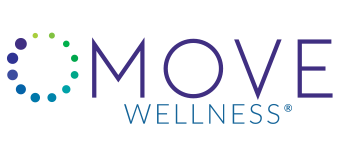
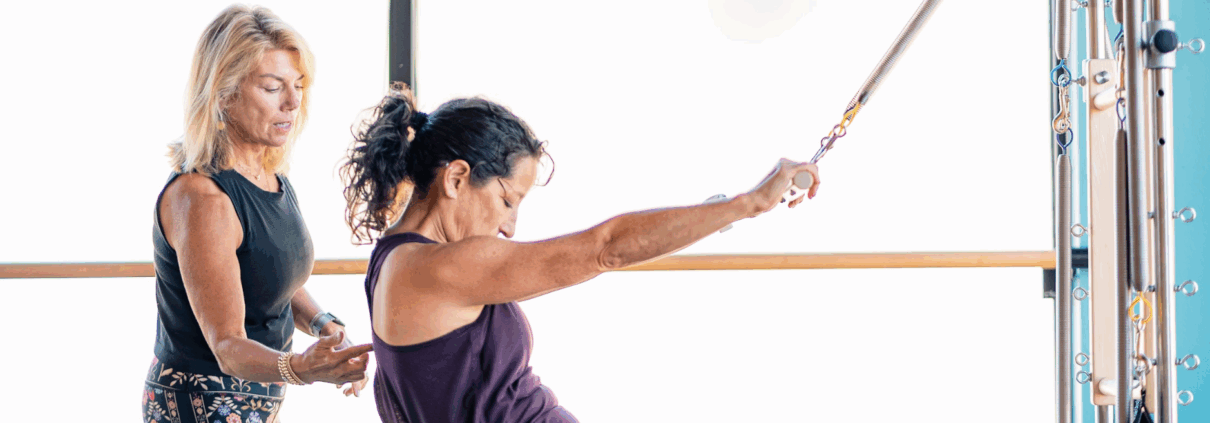
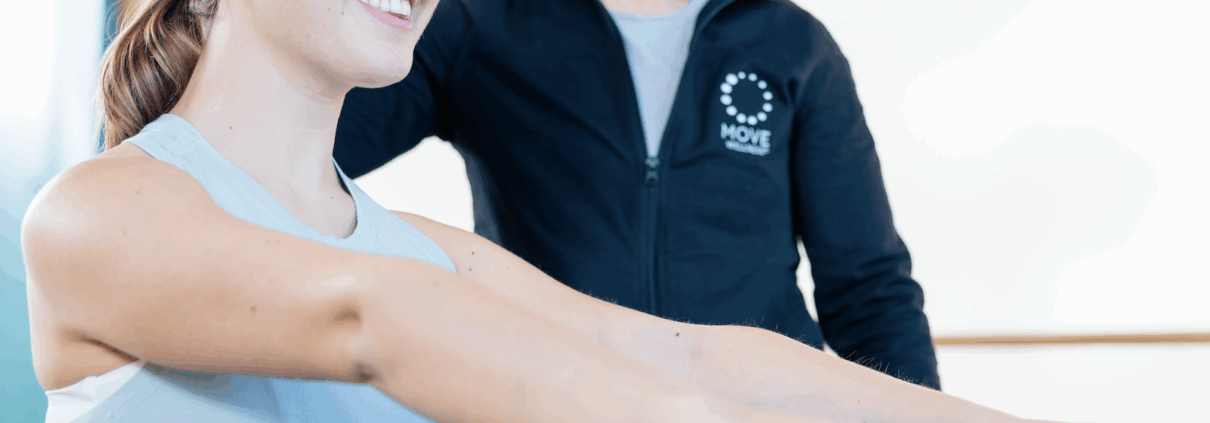 Laura_Cueing
Laura_Cueing